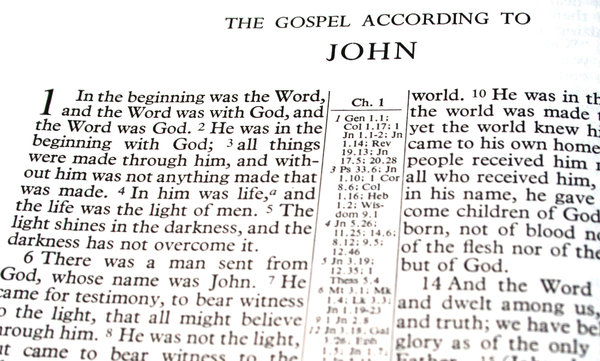Modern Theological critique of Trinitarian Doctrine asserts
the doctrine is aloof from Christian experience, that it is presented only as one
more set of propositions about the divine being which are to be accepted along
with a variety of other topics with pat answers and descriptions for
memorization and recapitulation. Critics claim that these propositions are not
only disconnected from Christian experience, but Trinitarian propositions are essentially
irrelevant to the remainder of Christian teaching.
In Retrieving Nicaea,
Khaled Anatolios counters that, while the modern critique is not without merit
with regard to how Trinitarian teaching is presented even by orthodox
Christians in these days, the modern correctives suggested have not taken
sufficient account of the pervasive manner in which the Trinitarian doctrine is
holistically expressed in 3rd, 4th, and 5th
century patristic theology. For the teachers involved in these discussions,
from Origen to Augustine, ones conception of the Triune God (in particular, how
one related the primacy of God and the primacy of Christ to the creation) would
of necessity further impact
cosmology, anthropology, soteriology, scriptural hermeneutics, epistemology, worship,
sanctification, and sacramental theology. The point here is that Anatolios
shows that all of these teachers recognized the relevance of Trinitarian assertions
relative to the entire body of Christian teaching.
The Baptismal formula as the locus for baptismal theology is
a good example distinguishing Nicene theology from other formulations.
Anatolios demonstrates that the proponents of various theological formulations in
these discussions shared a common heritage of presuppositions and practices. He
reviews a list of these on pages 36-38. The very first of them is a shared
creedal and liturgical heritage in the name of God Father, Son, and Holy
Spirit. The New Testament references to the Trinity, particularly the Baptismal
formula from Matthew 28 provided a foundational practical theology with which every Christian was familiar from
their own baptism, especially if they had been baptized as adults. The
baptismal formula as a common theological heritage not only for the learned and
the bishops, but also for all the baptized gave testimony to the practical
reality of God’s Trinitarian presence throughout the Church’s life together.
Arius, Eusebius, and Eunomius have nowhere to go in
describing the Holy Spirit once they have made the Son essentially subordinate
to the Father. As they protect the divine prerogative of the one true God by conceding
the Son as essentially separate no matter how united in purpose, the Triune
relationship of the Holy Spirit has become exhausted to the extent that they
are not able to continue articulating a theology of the Holy Spirit. The Spirit
is a cursory thought appended as a conclusion, a Spirit greater than all other
angelic spirits. The baptismal formula for these is retained as a matter of
tradition, but their theological contemplation has not extended to the
practical theological soteriological moment when the Triune God saves sinners
from death by His name.
By contrast, the pro-Nicene fathers have no qualms about
extending their descriptions of the divine essence to the very extent Christ Jesus
described in the baptismal formula in Matthew 28. While the anti-Nicene
theologians avoid, stumble over, or dismiss the Holy Spirit as to the Divine
Essence once they have subordinated the Son, the pro-Nicene theologians employ
a robust theology of the Holy Spirit as their argument’s coup de grace. Athanasius,
Gregory, and Augustine all follow up their defense of the divinity of the Son by
detailing Jesus’ words and promises regarding the Holy Spirit’s person and
work. A primary reason for His ascension is so that the Church may receive the
Holy Spirit for her mission. The Holy Spirit will convert, teach, remind,
anoint, comfort, vivify, reconcile, and unify sinners into the Body of Christ.
They are able to bring their argument full circle from the
Baptismal formula itself, through all the various theological topics identified
previously, right back to the baptismal experience every Christian has had. In
this manner, their Trinitarian theology is supremely relevant to their hearers
and readers. God the Father’s adoption, God the Son’s salvific work, and God
the Holy Spirit’s regeneration are all signed, sealed, and delivered by water and
the Word. If moderns have come to believe the doctrine of the Trinity
irrelevant to the faith and life of Christians, a return to Scriptural Baptism
may well slake their thirst.

